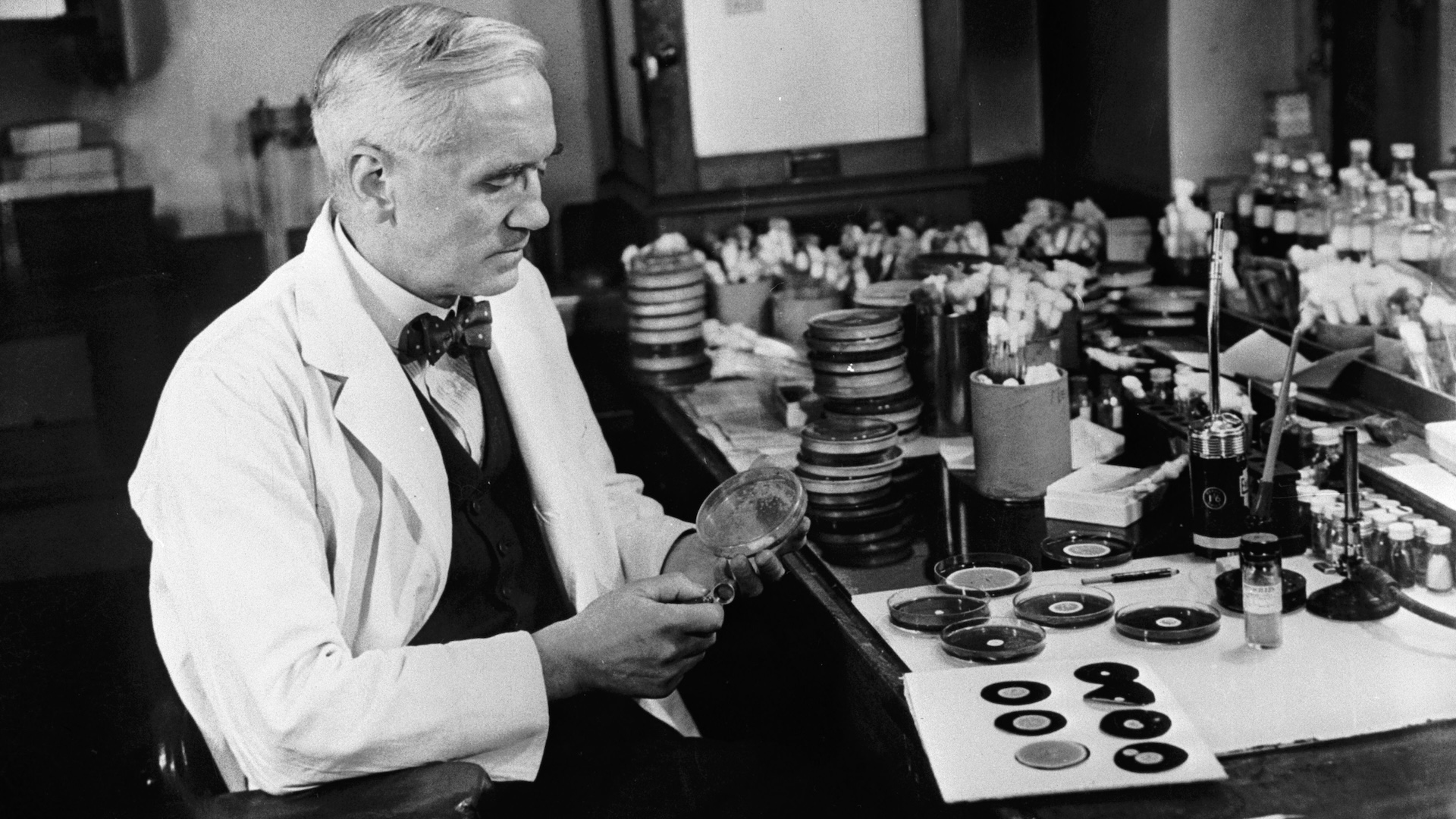Pollution Reduces Rain Vital to Crops
Air pollution in China has cut the amount of light rainfall by 23 percent over the past 50 years, a new study finds.
The cause: Particles in air pollution cause smaller drops of water to form, and smaller drops have a harder time making rain clouds.
The result: Bad air could hamper the country's ability to grow food.
It is the first such study to link pollution to altered climate that can directly affect agriculture.
"People have long wondered if there was a connection, but this is the first time we've observed it from long-term data," said study leader Yun Qian at the U.S. Department of Energy's Pacific Northwest National Laboratory. "Besides the health effects, acid rain and other problems that pollution creates, this work suggests that reducing air pollution might help ease the drought in north China."
The study is detailed in the Aug. 15 in the Journal of Geophysical Research-Atmospheres.
About the study
Sign up for the Live Science daily newsletter now
Get the world’s most fascinating discoveries delivered straight to your inbox.
Over the last half-century, the southern part of eastern China has seen increased amounts of total rainfall per year, researchers knew. The northern half has seen less rain and more droughts. But light rainfall that sustains crops has decreased everywhere. It's also well documented that pollution has increased dramatically in China in the past five to six decades, the result of increased fossil fuel burning to support a population that more than doubled.
Air pollution contains tiny, unseen particles of gas, water and bits of matter called aerosols. Aerosols — both natural and human-caused (anthropogenic) — are known to contribute to rainfall patterns, though much remains unknown in this field of study.
In the new study, the researchers charted trends in rainfall from 1956 to 2005 in eastern China. Both the north and south regions of eastern China had fewer days of light rain — those getting 10 millimeters per day or less — at the end of the study period. The south lost 8.1 days per decade, and the north lost 6.9 days per decade. But the north was always drought-prone, and so it lost a greater percentage of its rainy days, about 25 percent compared to the south's 21 percent.
"No matter how we define light rain, we can see a very significant decrease of light rain over almost every station," Qian said.
What's going on
To probe what caused the loss of rainfall, the team looked at how much water the atmosphere contained and where the water vapor traveled. Most parts of eastern China saw no significant change in the amount of water held by the atmosphere, even though light rains decreased. In addition, where the atmosphere transported water vapor didn't coincide with light rain frequency.
That suggested that changes in large-scale movement of water could not account for the loss of the precipitation.
Cloud droplets form around aerosols, so the team determined the concentration of cloud droplets over the country. They found higher concentrations of droplets when more aerosols were present. But more droplets mean that each cloud droplet is smaller, in the same way that filling 10 ice cream cones from a quart of ice cream results in smaller scoops than if the same amount were put in only five cones.
This result suggested that aerosols create smaller water droplets, which in turn have a harder time forming rain clouds.
The team verified this with computer models of pristine, moderately polluted or heavily polluted skies. In the most heavily polluted simulation, rain fell at significantly lower frequencies than in the pristine conditions.
An examination of the cloud and raindrops showed that these water drops in polluted cases are up to 50 percent smaller than in clean skies. The smaller size impedes the formation of rain clouds and the falling of rain.
The research was supported by the Office of Biological and Environmental Research within the DOE Office of Science under an agreement on regional climate research with the China Ministry of Science and Technology.
What is 'induced atmospheric vibration' and did it really cause power outages across Spain and Portugal?
'How could it have been allowed to happen?': The threat of 'superbugs' was known from the first antibiotic, but we've failed to stop it.
Yellowstone holds potentially untapped cache of 'carbon-free' helium for rockets, reactors and superconductors











